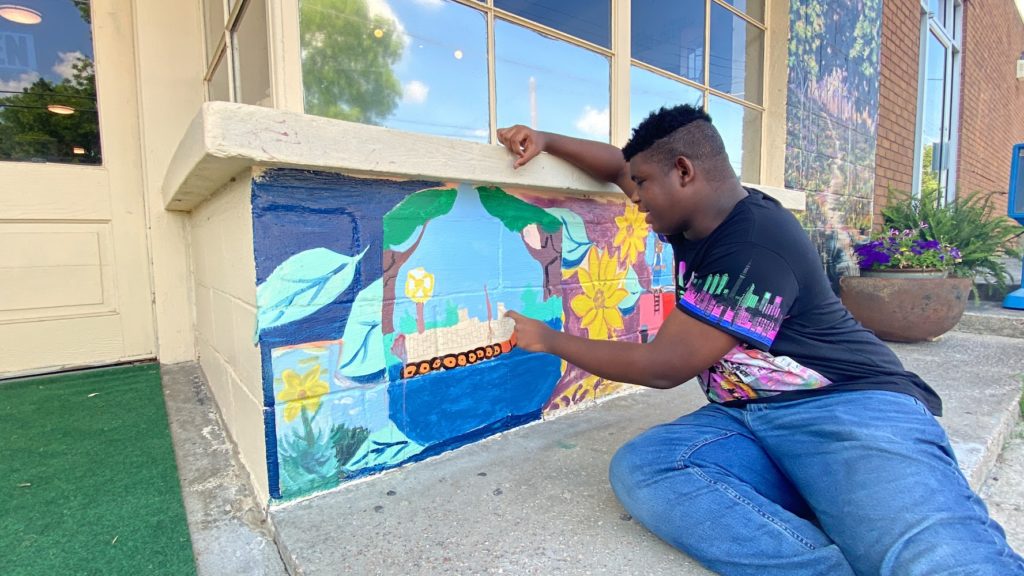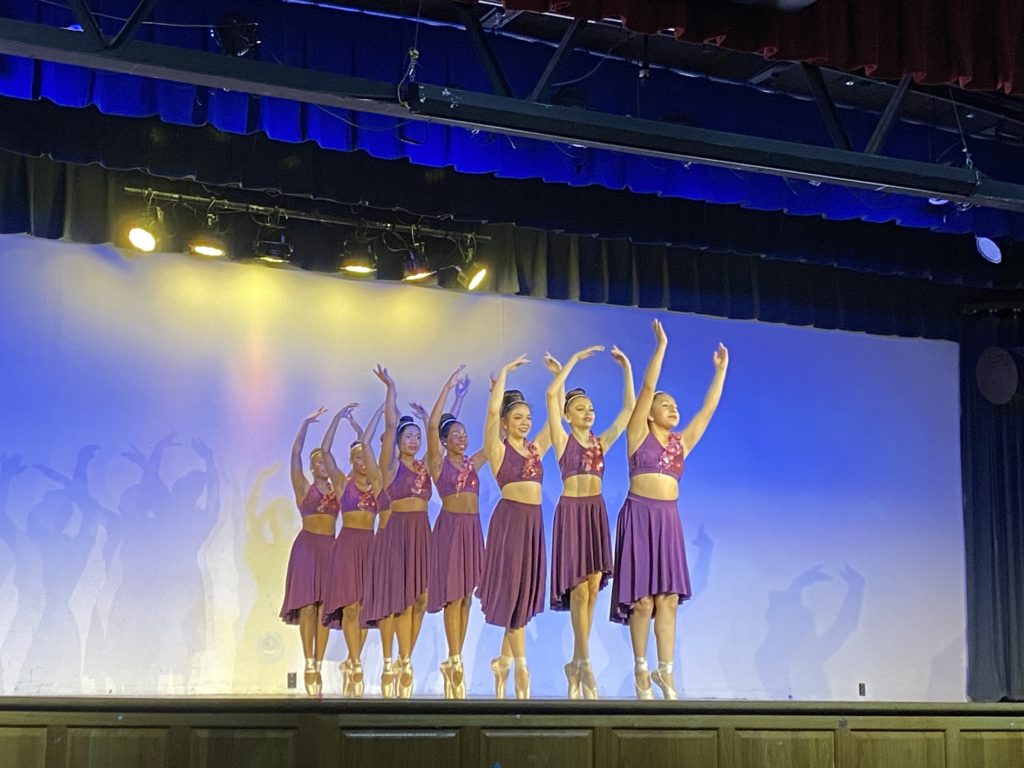Share this story
- North Carolina is among the many states that recognize the benefits of the arts in education. Here’s a look at how arts education policies being employed in the state and across the country are promoting the arts.
- A 2020 law made one arts education credit mandatory for high school graduation in North Carolina. Here is a look at what other policies are being employed across the country to promote arts education.
|
|
Just as with traditional courses like math and history, arts classes like visual arts, dance, theater, and music provide students with tools for success that serve them through adulthood. Unlike most traditional courses, though, arts education is an outlet for self-expression that students can use to explore their creativity.

The proven long-term benefits of arts classes have motivated states across the country to incorporate the arts into education legislation. North Carolina is one of the many states that recognizes the impact of the arts on a student’s success and well-being. However, states across the country have implemented policies expanding student access to the arts that could inspire changes for North Carolina.
Why the arts matter
The importance of uplifting the arts in public education is best illustrated by the benefits these classes have to offer. For students in Ohio elementary schools, the arts built language skills that contributed to increased performance on proficiency tests in math, science, and social studies when compared to students with less access to the arts.
Arts education has also been praised for its connection to increased educational attainment. Visual arts students are more likely than non-arts students to graduate from high school and pursue a college degree. These effects enhance the educational experience for traditionally under-served students and can help minimize racial achievement gaps.
The benefits of an arts education are not just confined to the classroom setting. For instance, though dance is one of the least available arts in public education, these programs create lasting cultural connections and help students develop their movement and motor skills.

Through theater classes, students develop their self-confidence, which contributes to a long-lasting positive sense of self-identity. And in music classes, students gain skills crucial to high performance in the workplace, such as increased attentiveness and perseverance.
A look at arts education across the country
The Arts Education Partnership, a national network supported by the U.S. Department of Education that is dedicated to advancing arts education, has created an online comparison tool of arts education policies in each state, called ArtScan.
Thirty-two states across the country, including North Carolina, define the arts as a core academic subject alongside English, math, and science. But prioritizing arts education goes beyond acknowledging the arts.
In New Hampshire, for example, elementary, middle, and high schools are required to offer arts classes, and school accreditation standards encompass arts education. New Hampshire is one of the 11 states that conducts arts education assessments, where student outcomes are evaluated by either the state, district, or school to ensure learning objectives in these classes are being met.
Another effort to promote arts education pathways has taken the form of high school diploma arts seals. In Arizona, students have access to sequential arts instruction throughout their high school years. Fulfilling a four-credit minimum requirement is one of the qualifiers for receiving the Arizona State Seal of Arts Proficiency.
The seals are federally funded at no extra cost to school districts or charter schools, but with a significant pay-off for qualifying students. An arts seal promotes participation in the arts and celebrates students’ accomplishments in the arts, yet the ArtScan tool suggests this policy has gained little traction nationwide.
Like New Hampshire, North Carolina has mandated arts instruction at the elementary, middle, and high school levels. However, the state does not require arts education for state accreditation, nor does it require arts education assessments. North Carolina also has not implemented arts or STEAM (science, technology, engineering, arts, and math) diploma seals.
The arts in North Carolina
In North Carolina, the arts are taught within the Comprehensive Arts Education (CAE) framework, which includes the following components:
- Arts Education is the instruction of an arts discipline according to the Standard Course of Study to develop the student as an artist.
- Arts Integration is instruction designed to show students how non-arts content connects to arts content in both areas.
- Arts Exposure gives students the opportunity to experience the arts as presented by professionals on a stage, in a gallery, or as a teaching artist in residence.
North Carolina recently expanded this framework with the passage of a 2020 law that requires one arts education credit for high school graduation. This legislation is the result of a decade-long effort and over a dozen bills that sought to recognize arts instruction as necessary to providing a well-rounded education for North Carolina students.
The arts education credit is included in the six elective credits required for graduation and can be taken anytime between sixth and 12th grade, with exceptions for students transferring into an N.C. high school from out of state. The policy goes into effect in the fall of 2022 for incoming sixth graders.
North Carolina will join 27 other states across the country that maintain an arts education requirement for high school graduation.
For some North Carolina schools, though, the arts have long been a central component to teaching and learning techniques. A+ Schools of North Carolina is an organization that believes the arts are integral to teaching and learning. It is a whole-school transformation model where elementary, middle, and high schools across the state can integrate the arts into every aspect of a student’s learning experience. There are 64 A+ schools in 37 North Carolina counties.
Where to next?
It is clear that the arts have deep roots in our state’s education system. However, the ArtScan tool suggests there are policy gaps and opportunities to strengthen the availability and quality of the arts in the state.
The long-term benefits of an arts education demonstrate the necessity to promote arts accessibility at all stages in a student’s education. By requiring an arts education for school accreditation, assessing student outcomes in the arts, or offering arts diploma seals, for example, North Carolina can go one step further in equipping its students with the tools they need to succeed.





